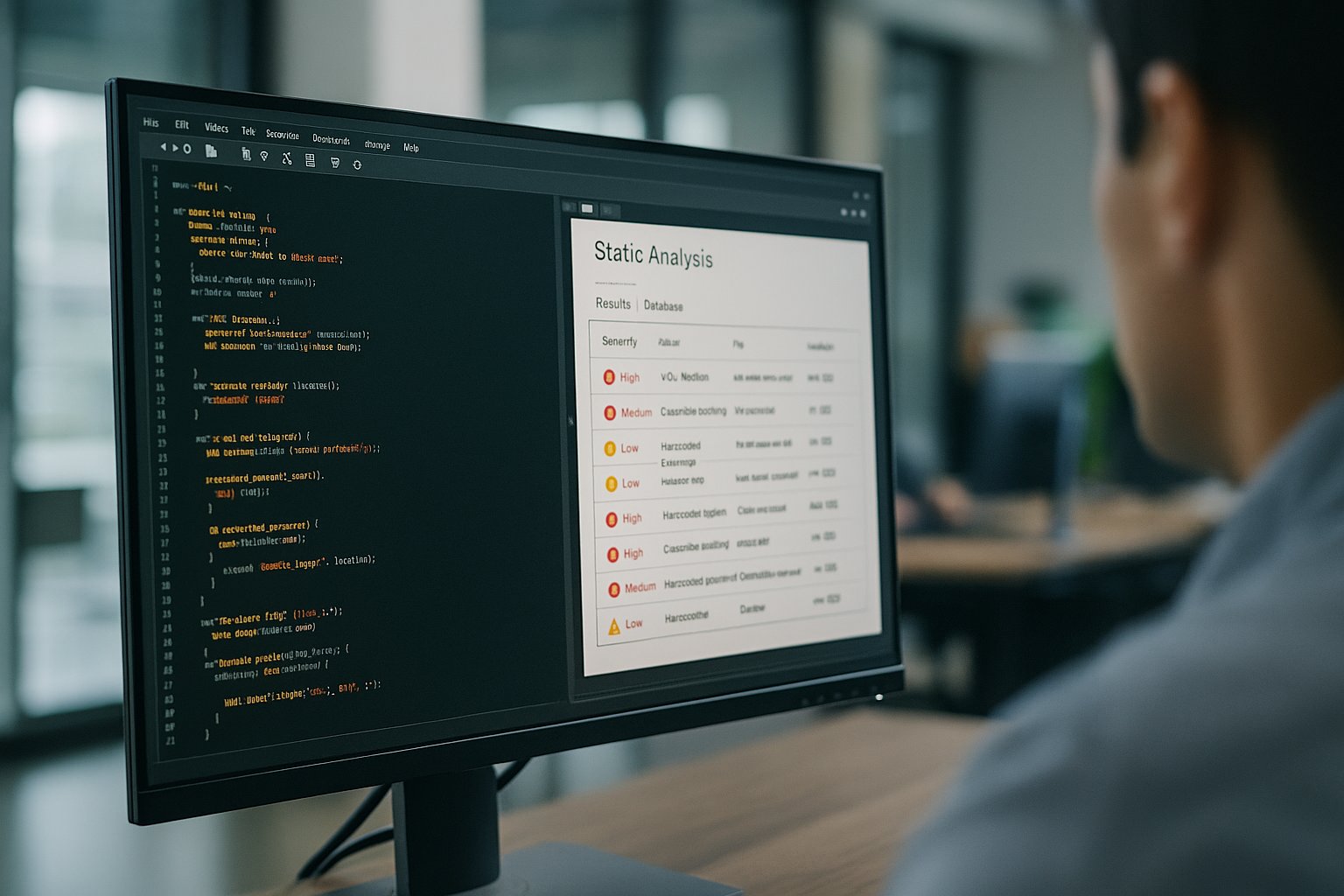In an era where software teams are releasing updates at unprecedented speed, crucial security measures are lagging significantly. Industry analysts report that organizations now average 4.5 months to remediate critical vulnerabilities, meanwhile attackers can exploit those vulnerabilities within just 15 days of discovery. This alarming trend highlights a disconnect between security practices and the rapid pace of software development.
This misalignment stems from differing definitions of quality among various teams. Developers may focus on achieving bug-free builds, while business leaders prioritize swift market entries. The reality is that security concerns are often relegated to a separate lane, leading to operational silos that hinder the overall process of vulnerability management.
Compounding the issue is the challenge posed by overabundant security signals that developers struggle to act upon in a timely manner. A single static analysis scan can produce thousands of alerts, many of which are merely false positives. This situation results in significant alarm fatigue, with up to 30% of security alerts going unaddressed due to a combination of staffing shortages and the overwhelming volume of data.
To effectively tackle security vulnerabilities, organizations must reframe their approach by treating security failures with the same urgency as product bugs. By integrating security findings into established quality assurance processes, organizations can foster efficient workflows that ensure vulnerabilities are logged, prioritized, and resolved alongside other quality issues. In conclusion, aligning security with existing development workflows and utilizing familiar tools can greatly enhance the visibility and management of security risks, ensuring that addresses are prompt and effective while maintaining the pace of software releases.

